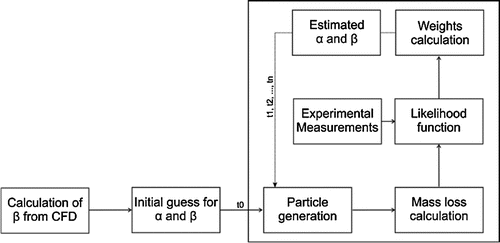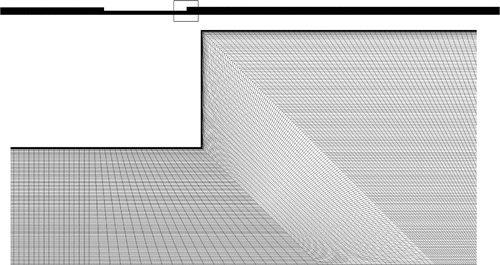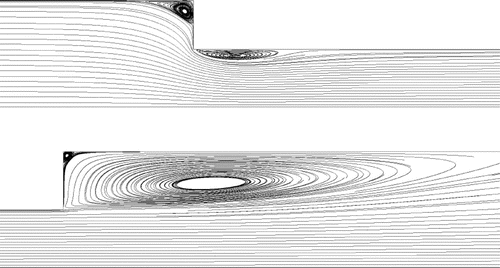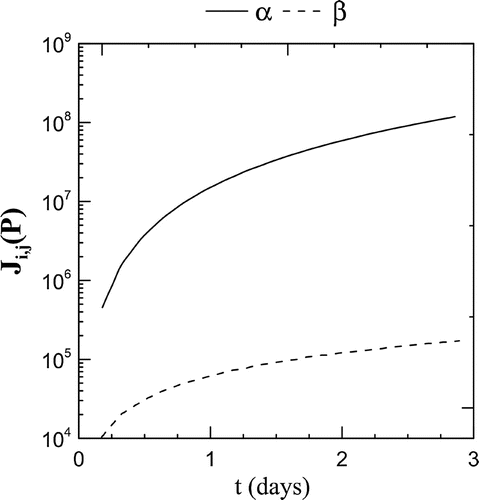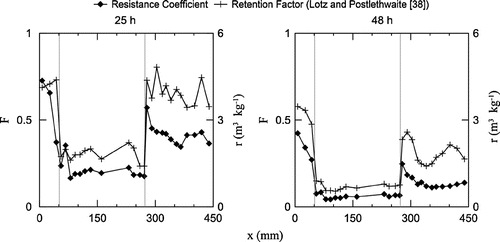Figures & data
Figure 3. Sketch of the flow with mass transfer of oxygen to the surface causing the corrosion process.
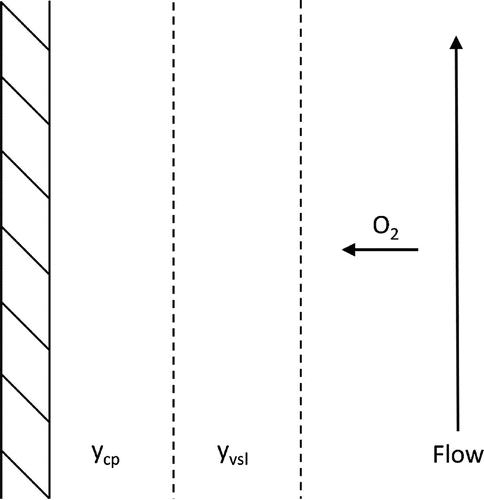
Figure 5. Near-wall velocity, mass transfer and turbulence along the contraction and the expansion for different meshes.
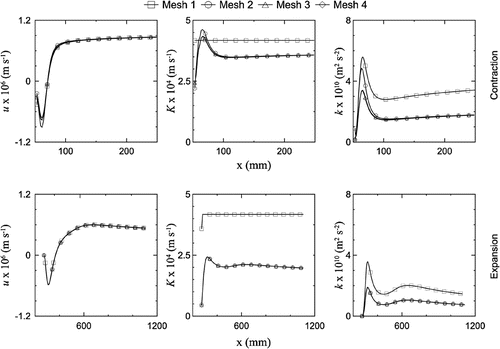
Table 1. Number of nodes and elements of the meshes.
Figure 7. Near-wall velocity compared with turbulence and mass transfer along the contraction and expansion region.
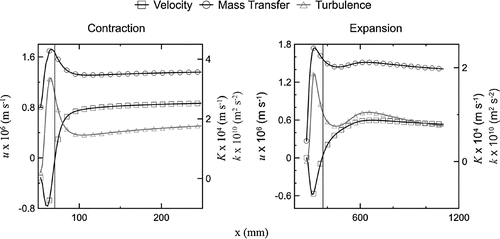
Figure 8. Effective diffusivity and velocity boundary layer in the recirculation zone, upstream of the reattachment point.
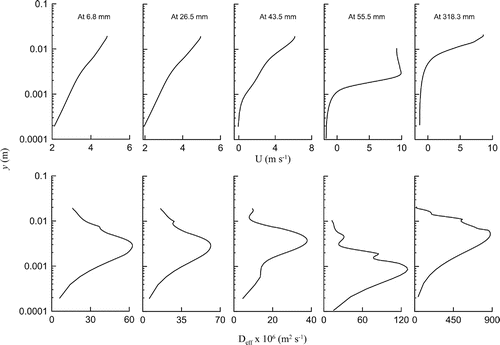
Figure 10. Corrosion rate over time at 318.3 mm, for different numbers of particles and estimated with IG1 and IG2 by the SIR and ASIR filters.
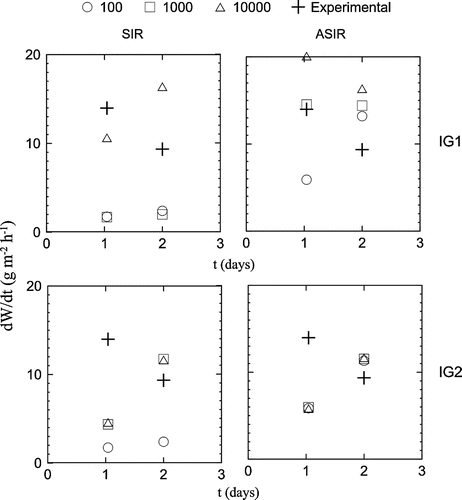
Figure 11. Estimated mass loss through the geometry with the SIR filter and the ASIR filter in 25 and 48 h with IG1 and IG2.
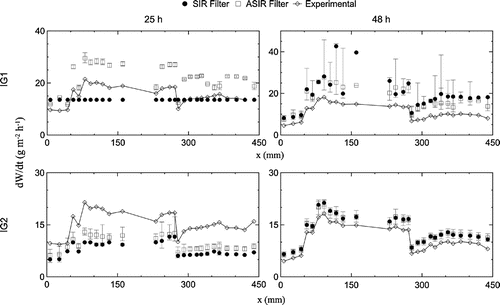
Figure 12. Estimated retention factor through the geometry with the SIR filter and the ASIR filter in 25 and 48 h with IG2.
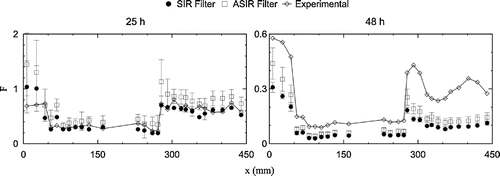
Figure 14. Synthesis of the results obtained by estimating the state variables utilizing the corrosion model. (a) Change over time of the state variables alpha and beta. (b) Dimensionless number analysis in the geometry. (c) Corrosion scale thickness along the x-direction. (d) Corrosion rates in the base material.
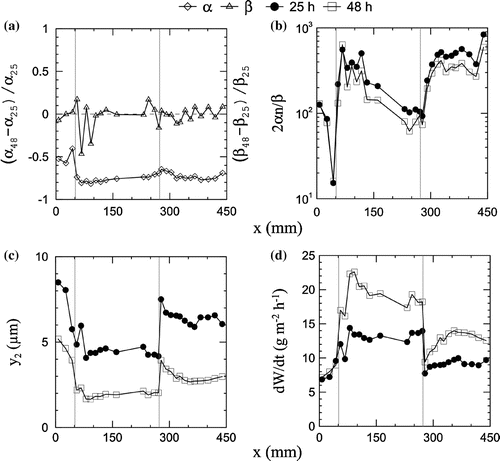
Table 2. Initial guess assisted by the CFD.
Table 3. Average time elapsed estimating the values in each position along the geometry.
Table 4. Alpha and beta estimated with IG1.
Table 5. Alpha and beta estimated with IG2.

